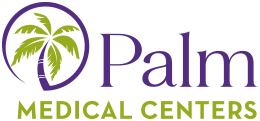Middle Ear Infection - Otitis Media
Introduction
Anatomy
Causes
Symptoms
Diagnosis
Treatment
Prevention
Am I at Risk
Middle ear infections are not contagious. Young children that are in day care and exposed to others have a greater risk of catching a cold that leads to middle ear infection. Children that lie on their backs to drink from a bottle or Sippy cup have an increased risk of ear infection. Native Americans, Native Alaskans, and children with Down syndrome or cleft palate have an increased risk of developing middle ear infection.Complications

Copyright © - iHealthSpot Interactive - www.iHealthSpot.com
This information is intended for educational and informational purposes only. It should not be used in place of an individual consultation or examination or replace the advice of your health care professional and should not be relied upon to determine diagnosis or course of treatment.
The iHealthSpot patient education library was written collaboratively by the iHealthSpot editorial team which includes Senior Medical Authors Dr. Mary Car-Blanchard, OTD/OTR/L and Valerie K. Clark, and the following editorial advisors: Steve Meadows, MD, Ernie F. Soto, DDS, Ronald J. Glatzer, MD, Jonathan Rosenberg, MD, Christopher M. Nolte, MD, David Applebaum, MD, Jonathan M. Tarrash, MD, and Paula Soto, RN/BSN. This content complies with the HONcode standard for trustworthy health information. The library commenced development on September 1, 2005 with the latest update/addition on February 16, 2022. For information on iHealthSpot’s other services including medical website design, visit www.iHealthSpot.com.






